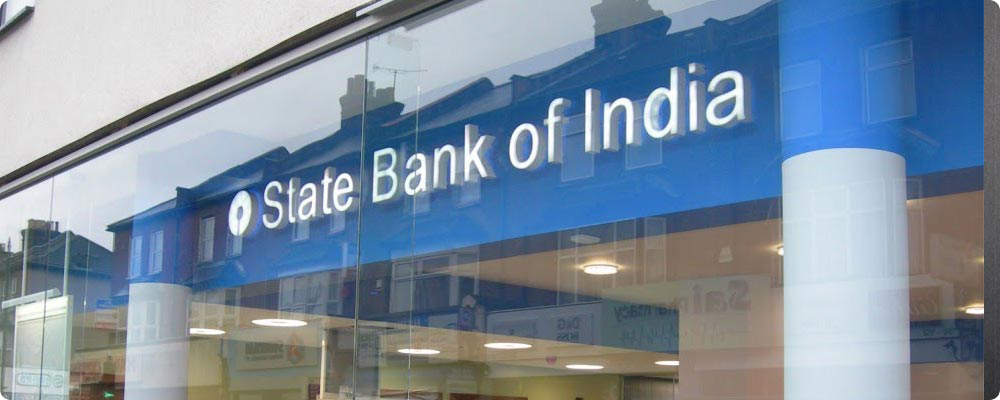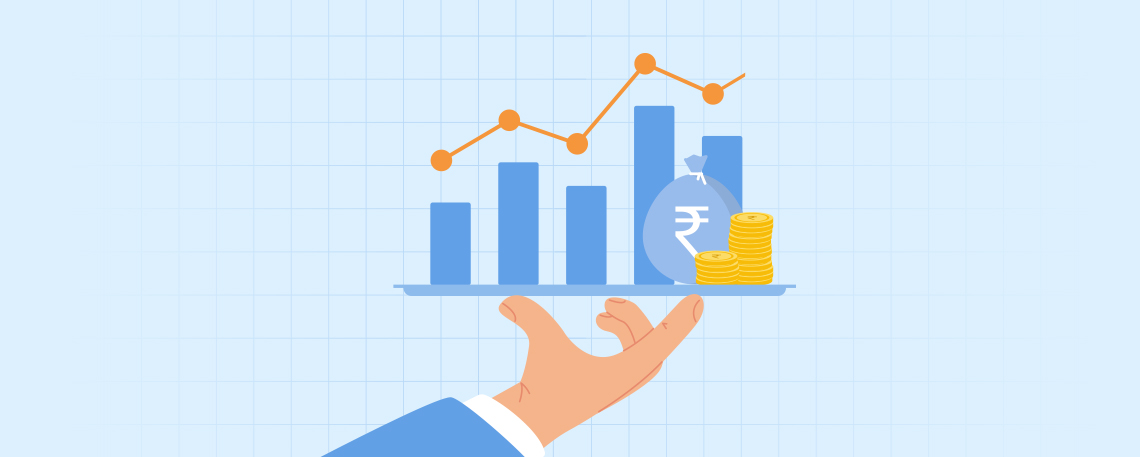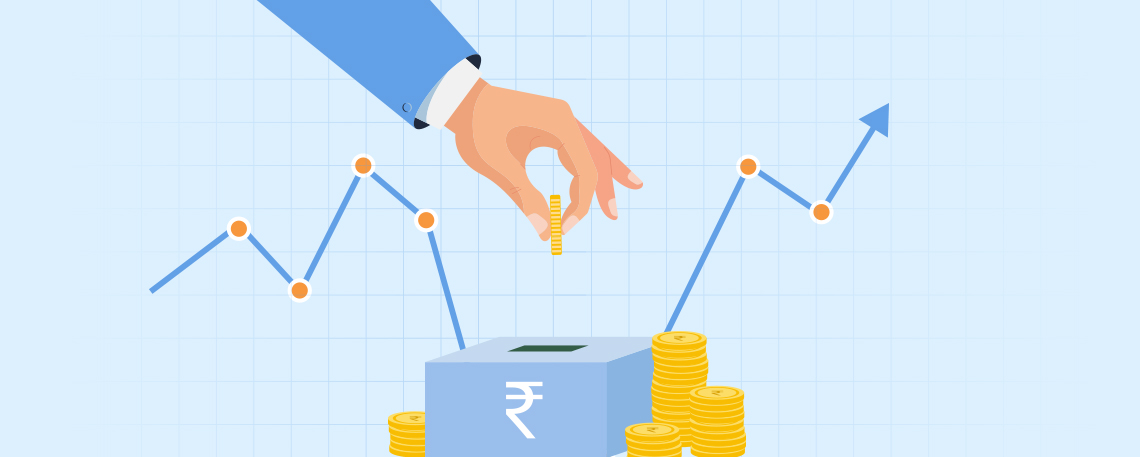Markets In August 2016: Movers & Shakers Of The Month
September 01, 2016
|
Every month we collect and publish the Top news of the past 30 days, to help our readers be in touch with the overall market conditions and thereby make smarter and informed investment decisions. Continuing this trend for the third consecutive month, here are the movers and shakers of the Indian stock market for the month of August 2016, have a look:
Good Corporate Earnings
- As of 31st August 2016, 45 of the 51 companies that form the benchmark Nifty50 index had declared their Q1FY17 results.
- Total combined revenue of those 45 companies stood at Rs. 574578 crores as against Rs. 531643 crores in the same period last year, thereby registering a rise of 8.37%. On the other hand, the combined PAT in Q1FY17stood at Rs. 56731 crores as against Rs. 59241 in Q1FY16 showing de-growth of 4.23% Y-o-Y.
SBI & Associate Banks’ Merger
- The State Bank of India Ltd. (SBI) in August 2016 approved the share swap ratios for the merger of five associate banks (State Bank of Bikaner & Jaipur (SBBJ), State Bank of Mysore (SBM), State Bank of Travancore (SBT), the unlisted State Bank of Hyderabad (SBH), State Bank of Patiala (SBP)) and Bharatiya Mahila Bank with itself. The bank’s board had approved the scheme of acquisition; SBI informed stock exchanges in a notice.
- This being the first ever large-scale consolidation in the Indian banking industry, it will create a banking behemoth with an asset book of Rs.37 lakh crores. SBI’s asset base will now be five times larger than the second-largest Indian bank, ICICI bank.
Manufacturing PMI At 13 month High
- Manufacturing output in India grew at its fastest pace in 13 months in August 2016 indicating an improvement in the business conditions across the sectors.
- The Nikkei/Markit Manufacturing Purchasing Managers' Index (PMI) rose to 52.6 in August from 51.8 in July and 51.7 in June, with the 50 level separating growth from contraction.
- This high was attributed to increasing demand from both, the domestic as well as external markets. The output index climbed to a 12 month high whereas new orders sub-index which stood at 54.8 was the highest since December 2014.
- With export orders now increasing and prices remaining muted, the RBI has now room to cut rates further, thereby encouraging further investments.
FII/FPI Inflow In Equity At Their 3rd Highest Level in 2016
- Overseas investors have infused a net total of Rs. 6446.45 crores in the Indian Equity and Debt market combined. Here is the bifurcation for the same along with last two months’ data:
| FII/FPI Inflows (Rs. cr) | August 2016 | July 2016 | June 2016 |
| Equity | 9071.32 | 12611.82 | 3712.88 |
| Debt | -2624.87 | 6845.44 | -6220.24 |
| Total | 6446.45 | 19457.26 | -2507.36 |
India’s New Central Bank Governor, Mr. Urjit Patel
- The Narendra Modi government promoted Mr. Urjit Patel, a deputy governor in charge of monetary policy at the Reserve Bank of India, to serve as its next governor for a three-year term.
- Mr. Patel has been involved with all crucial decisions at the RBI, right from reworking the ay key policy rates were decided to modernizing the way RBI functions. He is also a member of the panel to review the Fiscal Responsibility and Budget Management Act. The Urjit Patel Commission Report, released in January 2014, suggested that India should use a consumer price index (CPI) to measure inflation instead of the wholesale price index (WPI), as the former was more realistic and relevant to common man. It was the same report that recommended a target inflation rate of 4% plus or minus 2%.
- Dr. Rajan’s departure has raised questions over the independence of the central bank from the government, but the appointment of Mr. Patel can be said to ease that concern a bit. But the questions to be asked are, whether Mr. Patel will have the same aggressive approach about cleaning up the banking sector and will he stick to the current low-inflation strategy to spur growth, as Mr. Rajan or will he take another approach? One has to wait and watch.
RBI keeps repo rate unchanged at 6.50% and CRR at 4%
- In the last monetary policy review of his term Mr. Rajan kept the policy rate unchanged at 6.50% even as the inflation hit a near two-year high of 6.07% and continues to be above the comfort zone of 6%. Also, the cash reserve ratio of scheduled banks was kept unchanged at 4% of net demand and time liabilities. Mr. Rajan reduced the benchmark interest rate by 1.5% since January last year, and has been persuading banks to fully transmit the benefit of the policy rate cut to customers.
Parliament passes GST Bill
- The long-delayed GST Constitution bill was passed by the Parliament on Monday, marking a historic step for tax reforms. The bill was passed by two-third majority, with 443 members voting in its favor and none against in the final vote.
- Many discussions center around how some products will become cheaper (tax on tax will be removed) and how others will get costlier. The picture is still not clear. The GST still has a few hurdles to go through, with the April 2017 implementation date, said to be ambitious and challenging.
RBI releases guidelines for ‘on-tap’ bank license
- The RBI has come out with the guidelines for on-tap bank licensing, paving the way for those interested to seek licenses whenever required. This can be considered to be a reform, because unlike earlier wherein RBI gave out such universal bank licenses only during specific periods, now, those interested can apply whenever they are ready.
- Also, these guidelines refrain large industrial houses whose income from non-banking sources is over 40% from setting up banks in the country. However, they will be allowed to pick up 10% stake in banks.
- The applicant entity should have a minimum capital of Rs. 500 crores and should list on stock exchanges within six years of commencing operations. Amongst the other guidelines, one of the most important one is that it should also maintain a capital adequacy ratio of 13% in the first three years of operations as compared to 9% in existing banks.
Excise Duty concession on ethanol withdrawn for sugar mills
- The central government has withdrawn the excise duty exemption granted to sugar mills on production of ethanol, due to an improvement in their liquidity on account of a rise in sugar prices.
- The excise duty of 12.36% on ethanol from molasses was withdrawn for the 2015-16 season to provided relief to cash strapped sugar mills, which owed Rs. 20,000 crores to cane farmers. But, distilleries and sugar mills will now have to pay Rs. 5 per liter to the government, thereby increasing their mill-gate price from Rs. 40-41/litre to Rs. 45-46/litre with the selling cost to oil marketing companies constant at Rs. 48.5-49.5/litre.
- The government’s decision to re-impose this excise duty has come as a setback for such companies just when their cash registers were beginning to ring again.
Indian GDP growth slows sharply to 7.1% in Q1FY2017
- Indian economy grew at 7.1% in Q1FY2017, which was its slowest pace in last six quarters mainly due to subdued performance of mining, construction and farm sectors. The GDP had recorded a 7.5% growth in the Q1FY2016 and 7.9% in Q4FY2016
- The Finance Ministry has attributed the slowdown in this first quarter Gross domestic product (GDP) to ‘higher subsidy expenditure’. It, however, expressed confidence that good monsoon and impact of pay commission award will push the economic growth close to 8% in the current fiscal.
Market Performance & Concluding Thoughts
- August 2016 too has been an appreciating one for the investors, with nifty continuing its momentum from where it started in July this year. Not only did the index absorb the event of the appointment of a new governor, but also witnessed the PSU bank merger scheme taking roots, which can be considered to be a new page in the banking industry cleanup process.
- Have a look at the performance of Nifty50, S&P BSE Mid-Cap and S&P BSE Small Cap in August 2016:
| Index | August 2016 |
| Nifty50 | (+)1.70% |
| S&P BSE Mid-Cap | (+)4.39% |
| S&P BSE Small Cap | (+)2.75% |
- Overall, one can say that the market has been in a cheerful mood for the past 3 months, with the Nifty touching its 16 month high. Also, with the investors showing a thumbs-up to the corporate earnings of a majority of the Nifty50 companies which have disclosed their numbers so far, the monsoon picking up, a positive push from the GST bill getting passed in this Monsoon session and a crucial August 2016 car sales data (Maruti Suzuki India reporting a 12.2% growth in CV volumes, Eicher showing 12.9% growth and Escorts showing a 55.7% growth in tractor sales so far), the economy can be said to be on the right track for future growth.
- Again like we’ve been right from the start, in case of a downfall, an informed investor should capitalize on the panic in the market, by not selling in fear, but by BUYING quality businesses at comparatively cheaper valuations.




